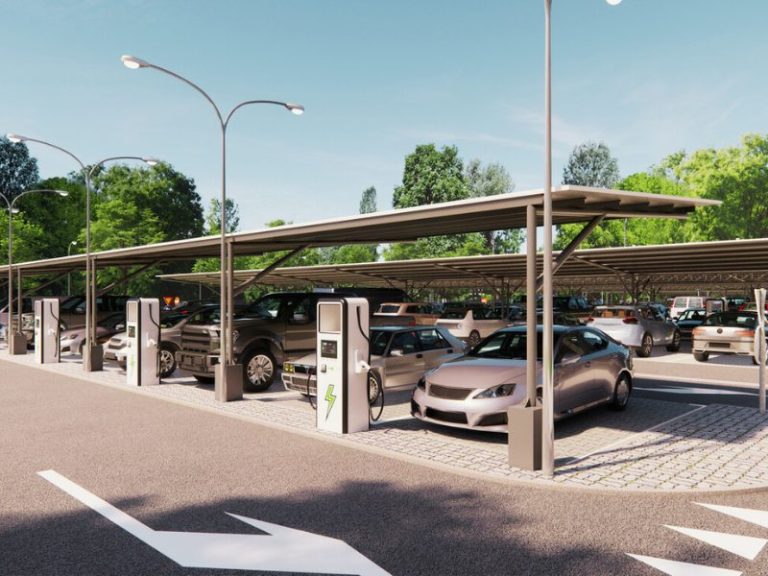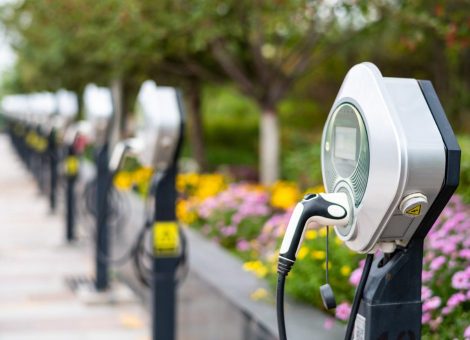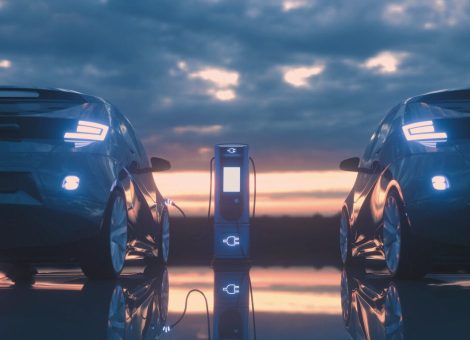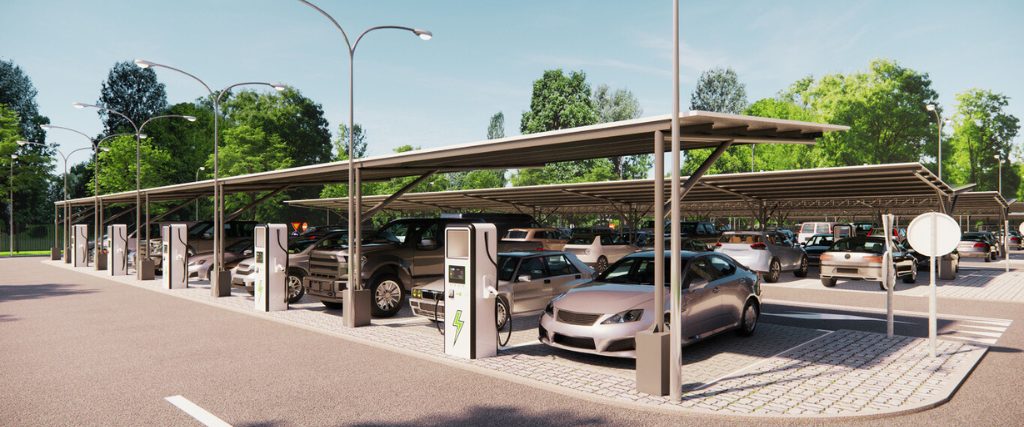From convenience to value: Pricing strategies for the new wave of EV drivers

According to the International Energy Agency’s Global EV Outlook 2025, public charging capacity for light-duty vehicles is expected to grow nearly ninefold by 2030, in line with projected vehicle adoption. This growth will stimulate the rising importance of public charging access for drivers who don’t have the luxury of home charging. These include fleet users and those in urban environments where off-street parking is limited or unavailable.
As Kalibrate’s analysis of the early EV driver shows, the typical EV owner is largely price-insensitive. They make public charging decisions based on location, speed, and additional amenities — like cafés, convenience stores, or services such as salons or dry cleaning. These customers are looking for a premium experience and are willing to pay for it.
But tomorrow’s EV drivers won’t be the same. The early majority is more representative of the average car owner. They are more price sensitive — and with rise 3rd party apps that publish prices for EV chargers along their journey, they are far more likely to prioritize the cost of charging over other factors . As a result, EV charge point operators will need to evolve their pricing strategies. Moving from premium convenience-based pricing toward models that reflect perceived value and competitive positioning.
This shift means two things:
- EV charge point price sensitivity will rise
Drivers will compare prices between nearby chargers and may switch providers based on cost. A $0.05–$0.10 per kWh difference could significantly influence location choice, especially for frequent drivers or those without home charging. - Perceived value matters more than ever
Charging networks can’t rely solely on convenience or location. They must offer a compelling and consistent value proposition that combines competitive pricing, additional services, and a seamless user experience.
To deliver this, charger operators need systems designed specifically for the EV charging environment. Kalibrate’s EV Charger Pricing solution enables networks to:
- Automate competitor price data feeds
- Track competitor price changes
- Analyze how price changes affect margin and utilization
- Apply their pricing strategy consistently across sites
- Automate price changes and deploy them directly to charge points in bulk
In a competitive and rapidly maturing market, pricing isn’t just about numbers — it’s about brand promise, customer trust, and delivering the right value at the right time.
The early majority is coming. Is your pricing strategy ready?
Read more articles about:
Electric VehiclesSubscribe and get the latest updates
You may unsubscribe from our mailing list at any time. To understand how and why we process your data, please see our Privacy & Cookies Policy
Related posts
Electric Vehicles
The EV charger pricing challenge
As electric vehicles (EVs) become more prevalent, the task of managing EV charger pricing presents unique challenges...

Electric Vehicles
Utilization: Passing the EV charger ROI test
As the electric vehicle (EV) market grows, more and more businesses are investing in EV charging infrastructure –...


